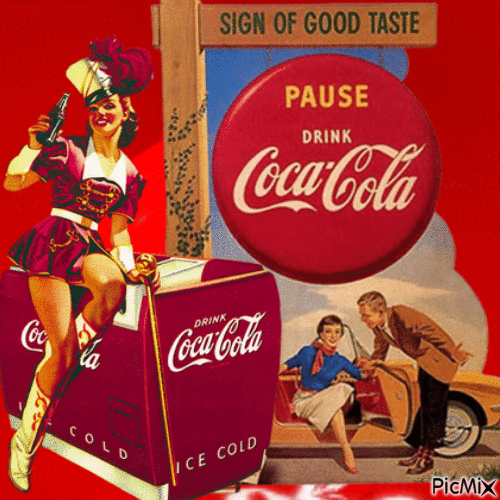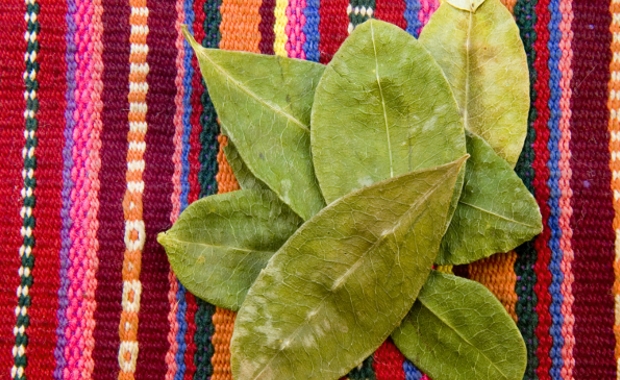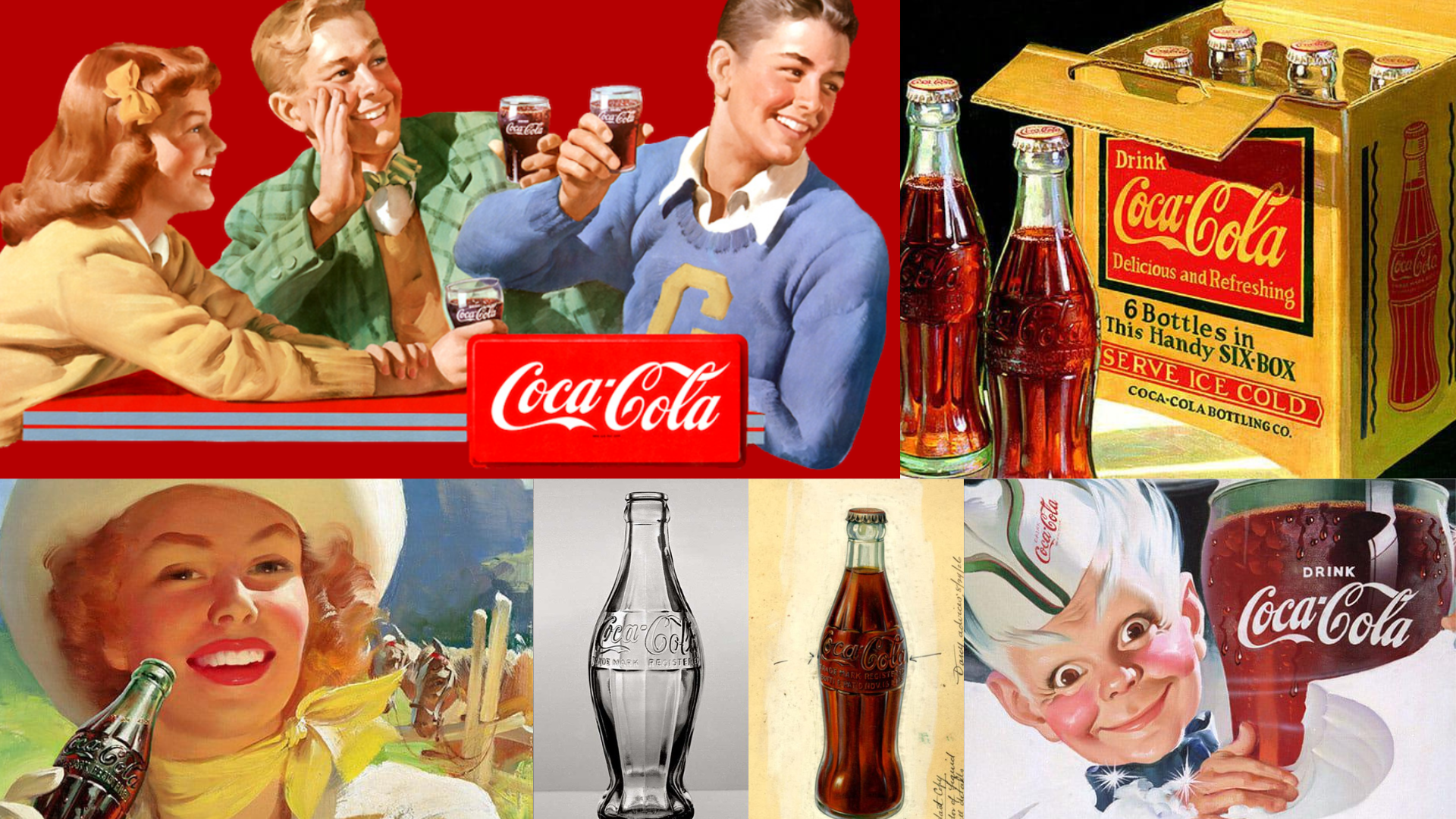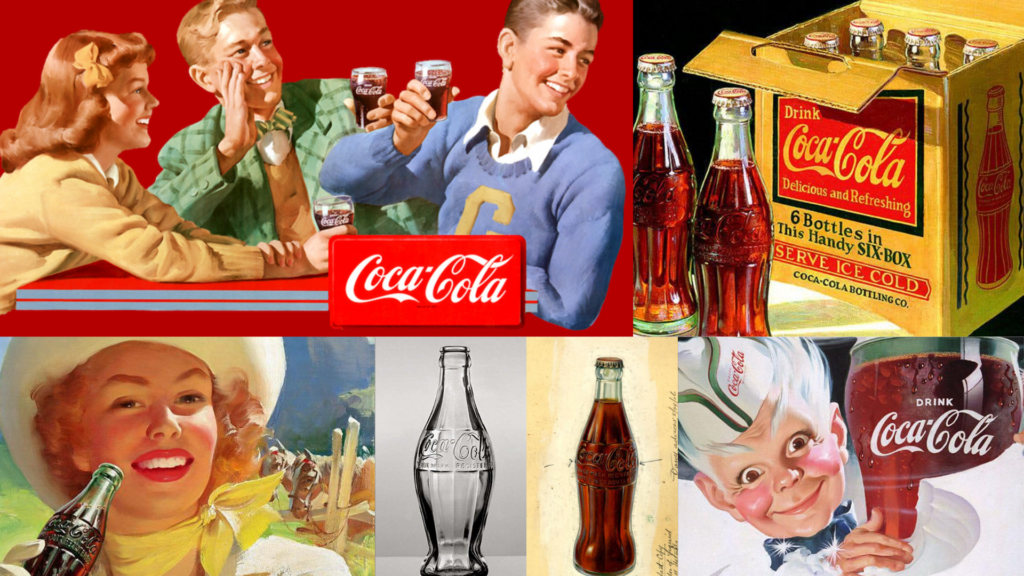
New Jersey, less than 10 miles from Manhattan, holds a surprising secret: It’s what might arguably be called the cocaine capital of the United States. Here, a chemical company manufactures cocaine legally, with special permission from the U.S. government, all in the service of a familiar company: Coca-Cola.
The name Coca-Cola is so familiar that it’s the second most-recognized word in the world .But you might not realize that the two conjoined words that make up the brand actually mean something. In fact, they’re the names of two ingredients used in the secret recipe for the famous soda since the late 1800s: cola comes from kola, an African nut known for its caffeine content, and coca comes from the coca leaf — which, of course, is the plant source for the drug cocaine.
One of those drinks included Vin Mariani, a patent medicine made with red wine and cocaine that was a favorite of both Pope Leo XIII and President Ulysses S. Grant. It was this beverage that the Coca-Cola’s founder —named John Pemberton — decided to copy, creating Pemberton’s French Wine Coca. His only alteration to the recipe was the addition of kola nut, creating a trifecta of wine, cocaine, and caffeine that was even more potent than the original. No wonder the advertisements claimed there was “health and joy in every bottle.”
When Coca-Cola’s home city of Atlanta went dry in the 1880s, the red wine had to go. So Pemberton reformulated; he kept the coca and kola, but instead combined them with other flavors in a syrup that any soda fountain could add to carbonated water. The first iteration of Coca-Cola was born.

Coca leaf has been used in its native South America in medicinal, spiritual, and recreational contexts for centuries. When chewed or brewed into tea, the leaf has a mild stimulating effect, and has been used traditionally to treat stomach issues, suppress appetite, and relieve the physical effects of high altitudes.
Coca-Cola seems to have taken the cocaine out of their drink, but the company still needed to source coca leaves, which became more and more challenging. By 1914, the American federal government had officially restricted cocaine to medicinal use. So, as the government began debating an official import ban, Coke sent its lobbyists into the fray, pushing for a special exemption. Their fingerprints are all over the Harrison Act of 1922, which banned the import of coca leaves, but included a section permitting the use of “de-cocainized coca leaves or preparations made therefrom, or to any other preparations of coca leaves that do not contain cocaine.” Only two companies were given special permits by the act to import those coca leaves for processing — one of which was Maywood Chemical Works, of Maywood, New Jersey, whose biggest customer was the Coca-Cola company.
This special loophole would carry over in every piece of anti-narcotics legislation that followed, including international agreements restricting the global trade in coca leaves. Over the ensuing decades, the company continued to demonstrate the lengths to which they would go to protect their supply, from supporting opposition to the traditional use of coca, to developing a secret coca farm of their own on Hawaii.
Perhaps the strangest piece of the story, given the enormous effort Coca-Cola has made to maintain their coca supply, is that the coca leaf itself makes only the tiniest difference to the soda’s final flavor.

jjj




